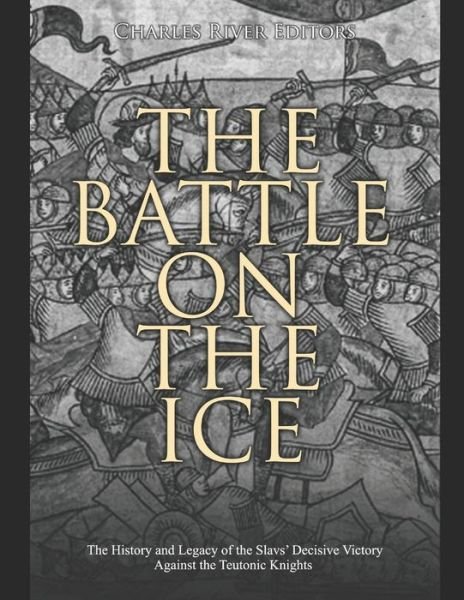
Conte aos seus amigos sobre este item:
The Battle on the Ice
Charles River Editors
The Battle on the Ice
Charles River Editors
*Includes pictures
*Includes a bibliography for further reading
"He was taller than others and his voice reached the people as a trumpet, and his face was like the face of Joseph, whom the Egyptian Pharaoh placed as next to the king after him of Egypt. His power was a part of the power of Samson and God gave him the wisdom of Solomon ... this Prince Alexander: he used to defeat but was never defeated..." - The Second Pskovian Chronicle
In 1938, the Soviet Union film company Mosfilm released the motion picture Alexander Nevsky, directed by Sergei Eisenstein. It is a historical drama depicting the defense of the Republic of Novgorod against an invasion of the Teutonic Knights in the mid-13th century. The eponymous hero of the story, the Prince of Novgorod, leads his troops against the German knights on a field of solid ice. During the battle, called the Battle on the Ice or the Battle of Lake Peipus, the ice breaks and many of the knights drown in the freezing waters, but Nevsky is victorious and the pernicious Germans are vanquished forever.
Far from an attempt to portray historical events, Alexander Nevsky is a Stalinist propaganda piece in which the Russian people defy and halt the eastward expansion of the German menace. It is an obvious allegory of the Soviet Union defying Nazi Germany at a time when Soviet-German relations were at their most acrid before World War II. The clothing of the Teutonic warriors inaccurately display swastikas, and the famous scene where they are swallowed up by the ice is also a Stalinist embellishment.
Of course, Soviet Russia was not the first to use the historical conflict between the German West and the Slavic East for propaganda purposes. The German defeat of Russia at the Battle of Tannenberg in 1914 was portrayed as revenge for the Battle of Grunwald in 1410, when the Poles and Lithuanians overwhelmed the flower of the German nobility. The Nazis' vision of Lebensraum ("living space") would be conceived as a continuation of Germany's historical destiny to push eastward. The clash forms part of a historical narrative stretching back to the 11th century, when ethnic Germans of the Holy Roman Empire began settling in the Slavic lands along their eastern borders.
That these lands were pagan legitimized colonization in the eyes of the Christians, but the expansion or Ostsiedlung ("east settling") assumed a more aggressive character when the papal proclamation of the crusade against the Saracens in 1095 canonized the concept of holy war. In the year 1147, while Christian knights were fighting the Muslims in the Near East as part of the Second Crusade, the German princes to the north were pressing the pope for a crusade against the pagan Slavs and Balts. Pope Eugene III obliged by publishing the bull (decree) Divina dispenatione, which declared, "Certain of you, however, (are) desirous of participating in so holy a work and reward and plan to go against the Slavs and other pagans living towards the North and to subject them, with the Lord's assistance, to the Christian religion. We give heed to the devotion of these men, and to all those who have not accepted the cross for going to Jerusalem and who have decided to go against the Slavs and to remain in the spirit of devotion on that expedition, as it is prescribed, we grant that same remission of sin...and the same temporal privileges as to the crusaders to Jerusalem."
This would bring about one of Eastern Europe's most famous battles, fought between the Teutonic/Livonian Knights and the Principality of Novgorod. German knights, having dominated the lands of the heathen Prussians and Balts, wished to command the Eastern Baltic, and Novgorod stood in the way of this ambition.
| Mídia | Livros Paperback Book (Livro de capa flexível e brochura) |
| Lançado | 14 de abril de 2020 |
| ISBN13 | 9798636989707 |
| Editoras | Independently Published |
| Páginas | 94 |
| Dimensões | 216 × 280 × 5 mm · 240 g |
| Idioma | English |
Mais por Charles River Editors
Outros também compraram
Ver tudo de Charles River Editors ( por exemplo Paperback Book e Book )








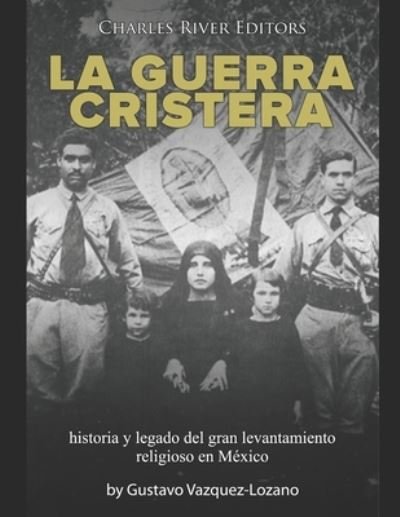
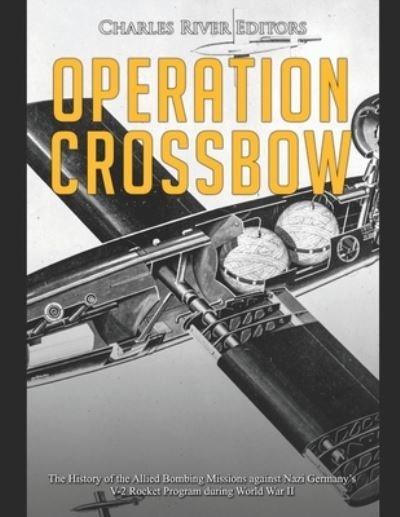
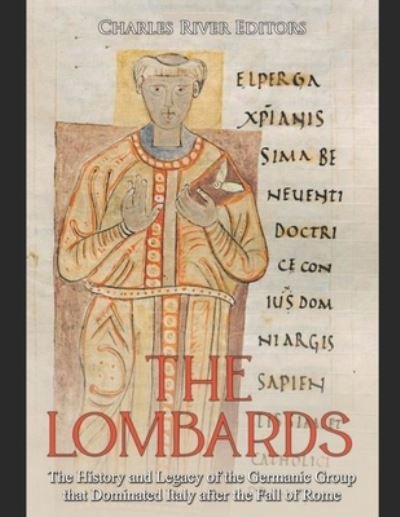
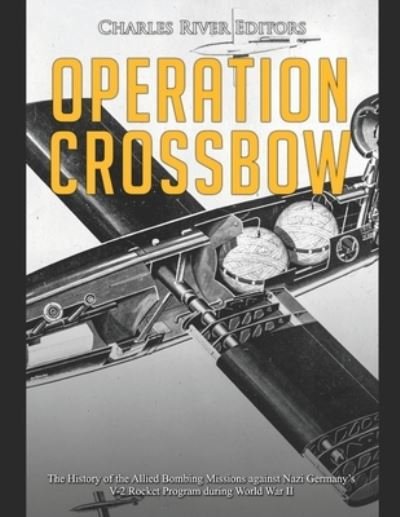
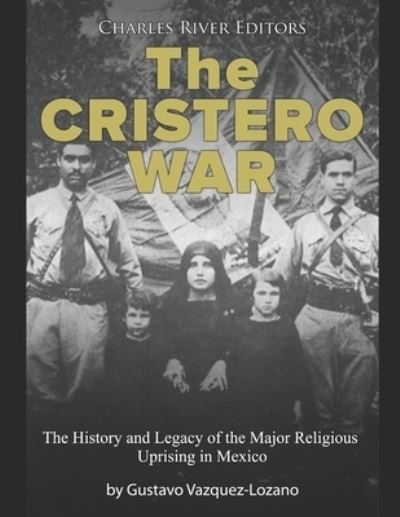
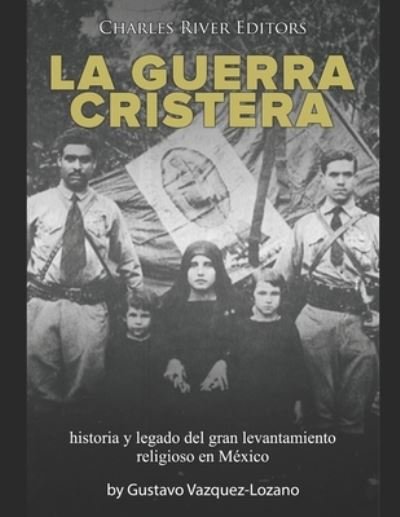
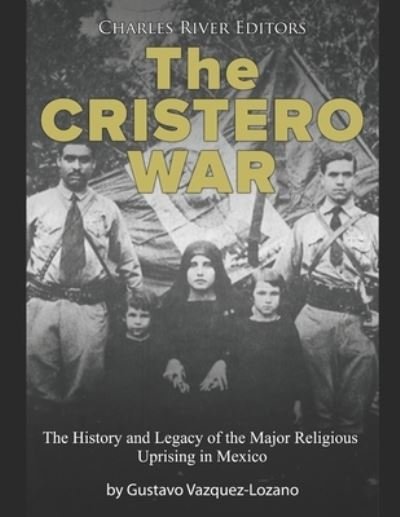



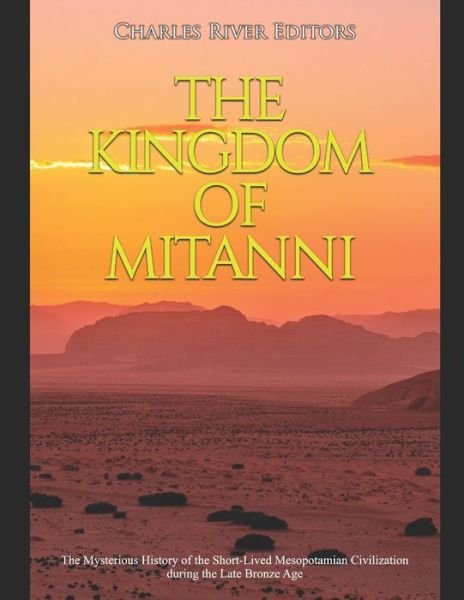

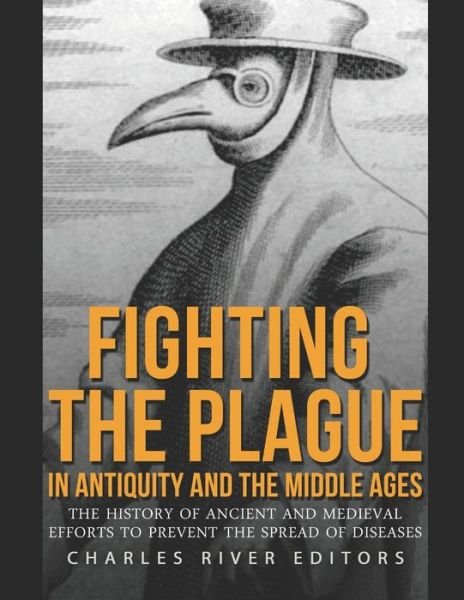
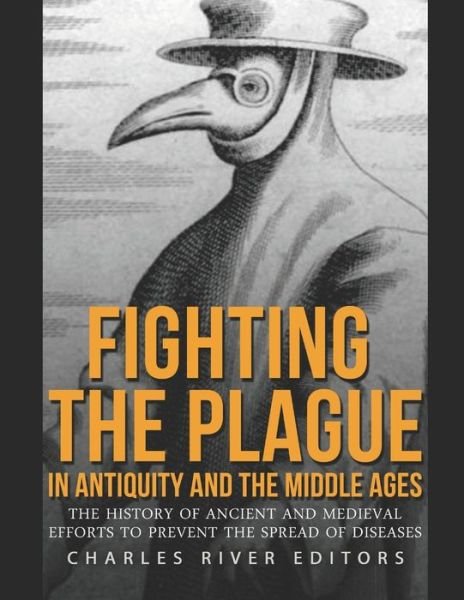




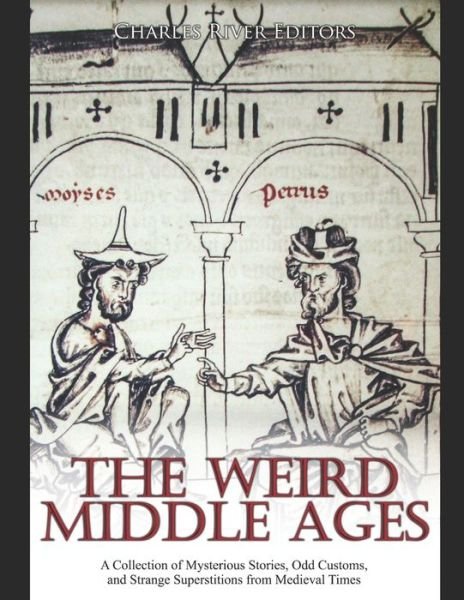
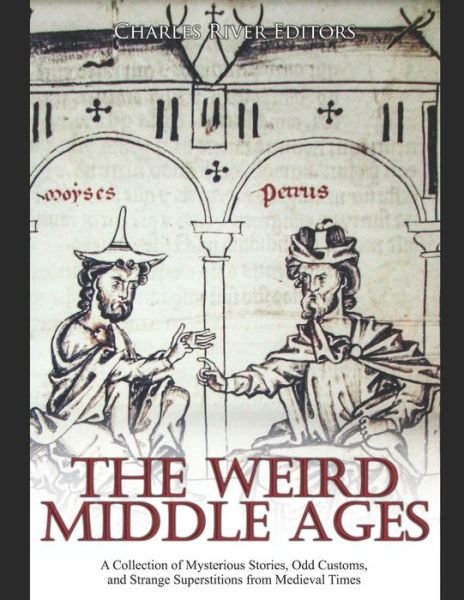
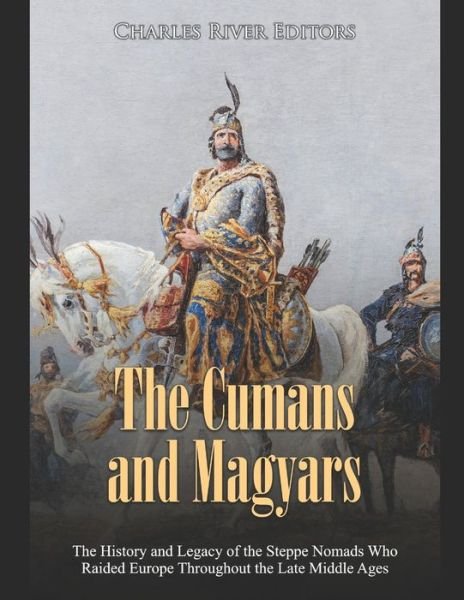
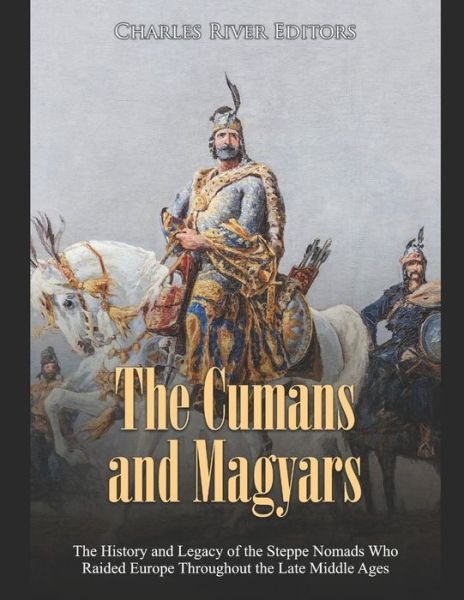
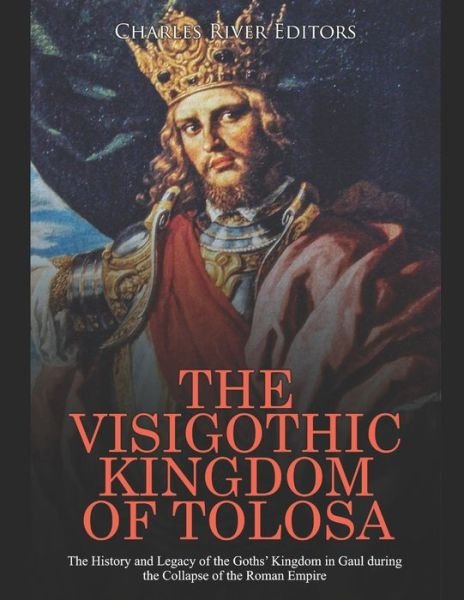
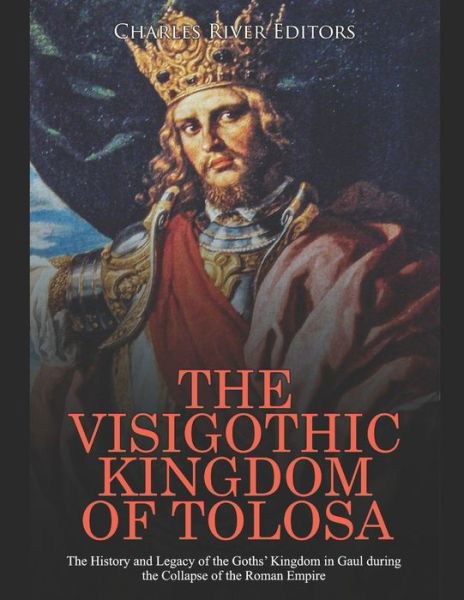




![Cover for Charles Dickens · Den hjemsøgte mand og åndens tilbud (Nyillustreret) (Bound Book) [1º edição] (2022)](https://imusic.b-cdn.net/images/item/original/123/9788772048123.jpg?charles-dickens-2022-den-hjemsoegte-mand-og-aandens-tilbud-nyillustreret-bound-book&class=scaled&v=1654049104)
![Cover for Tine Wøbbe · Kort & godt: Kort & godt om PSYKOPATI (Sewn Spine Book) [1º edição] (2024)](https://imusic.b-cdn.net/images/item/original/916/9788771586916.jpg?tine-woebbe-2024-kort-godt-kort-godt-om-psykopati-sewn-spine-book&class=scaled&v=1713200056)
![Cover for Linda Lehun · Musikbogen (Paperback Book) [1º edição] (2016)](https://imusic.b-cdn.net/images/item/original/063/9788759891063.jpg?linda-lehun-2016-musikbogen-paperback-book&class=scaled&v=1486719785)
![Cover for Dian Hanson · The New Erotic Photography - Bibliotheca Universalis (Hardcover Book) [Multilingual edition] (2017)](https://imusic.b-cdn.net/images/item/original/715/9783836526715.jpg?dian-hanson-2017-the-new-erotic-photography-bibliotheca-universalis-hardcover-book&class=scaled&v=1490369714)

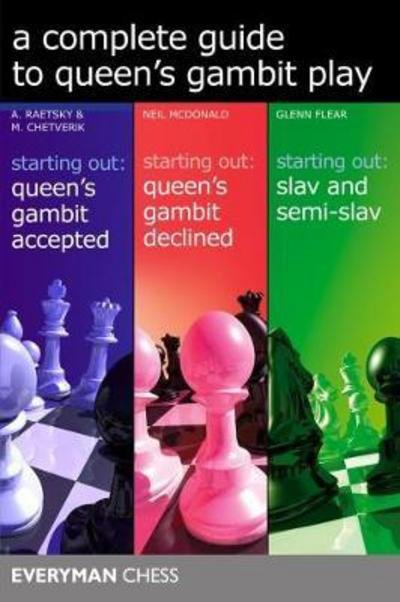



![Cover for Jesper Wung-Sung · To ryk og en aflevering (Sewn Spine Book) [3º edição] (2009)](https://imusic.b-cdn.net/images/item/original/996/9788763811996.jpg?jesper-wung-sung-2009-to-ryk-og-en-aflevering-sewn-spine-book&class=scaled&v=1341784896)

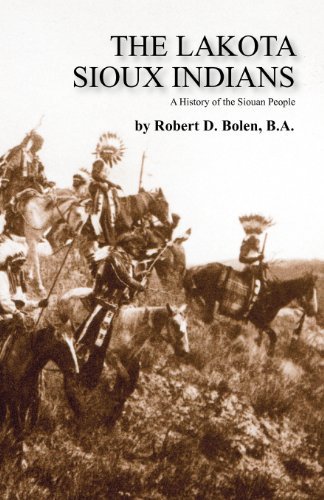
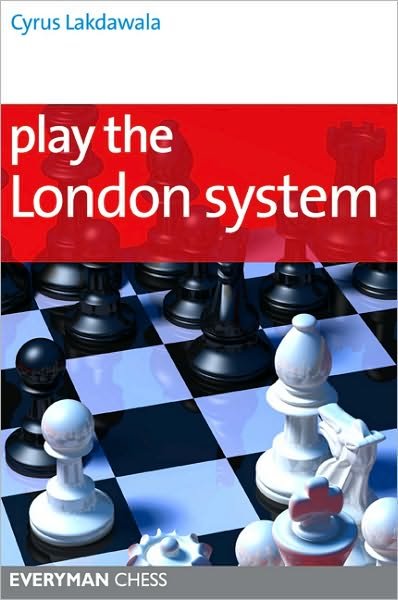
![Cover for Jon Speelman · Modern Defence (Paperback Book) [1st edition] (2000)](https://imusic.b-cdn.net/images/item/original/816/9781857442816.jpg?jon-speelman-2000-modern-defence-paperback-book&class=scaled&v=1409611116)
